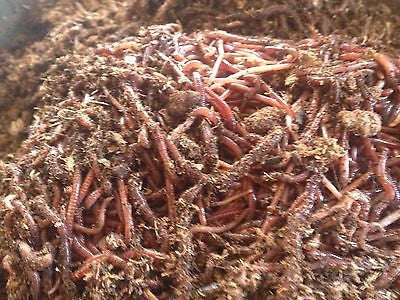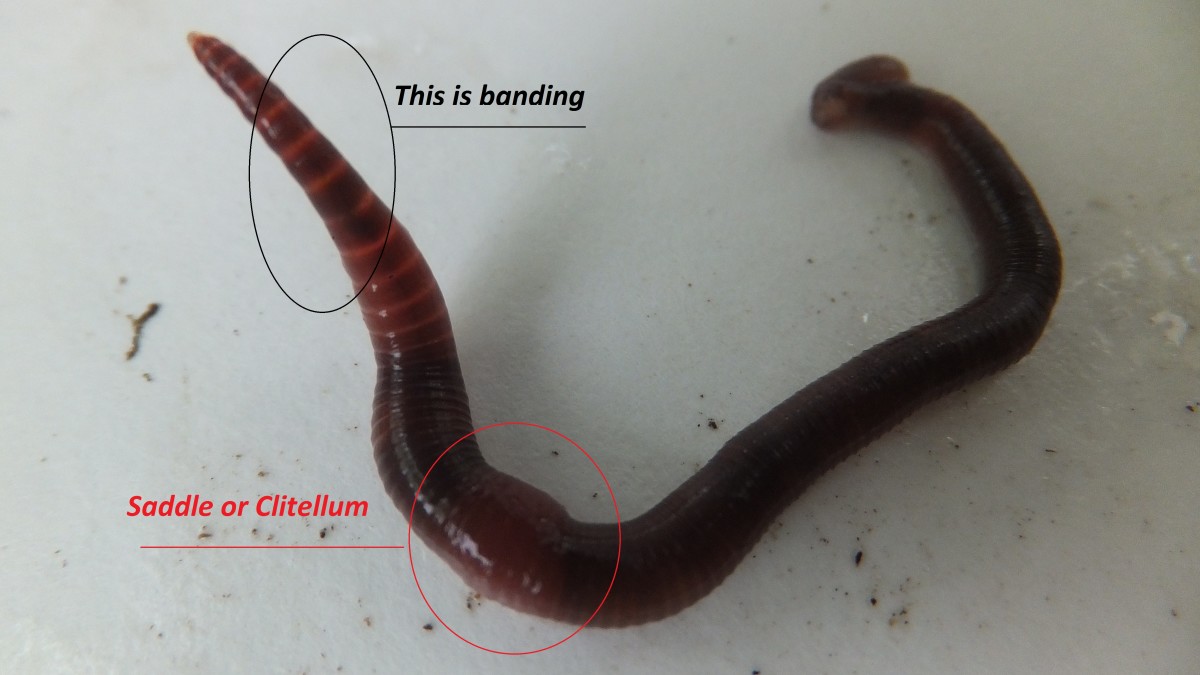Red Wiggler Worms available - Lasting Waste Administration Remedy
Optimizing the Benefits of Red Wiggler Worms: A Comprehensive Handbook for Home Gardeners and Urban Farmers
In the world of sustainable horticulture methods, red wiggler worms stand as unsung heroes, quietly changing organic waste into nutrient-rich castings that can work wonders for dirt health and wellness. By exploring the ins and outs of exactly how to successfully care for and maximize the benefits of red wiggler worms, people can open a wide range of chances for enhancing the sustainability and efficiency of their gardening endeavors.
Recognizing Red Wiggler Worms
Red Wiggler worms, renowned for their effective composting abilities, are a types of earthworms commonly made use of in vermiculture practices. These worms, clinically referred to as Eisenia fetida, grow in decaying organic material, making them excellent candidates for composting (Red Wiggler Worms). Red Wigglers are voracious eaters, with the ability of consuming their very own weight in natural waste daily. Their digestive system procedure breaks down raw material into nutrient-rich castings, which are a useful source for improving dirt and advertising plant development.
One key characteristic of Red Wiggler worms is their reproductive rate. These hermaphroditic creatures possess both female and male reproductive organs, allowing them to recreate rapidly under favorable conditions. A mature Red Wiggler can produce multiple spawn in a brief duration, making certain a constant populace within a composting system.

Establishing Up a Worm Bin
When establishing a worm container for vermiculture functions, appropriate preparation and interest to detail are crucial for creating a helpful atmosphere for Red Wiggler worms. Begin by picking a suitable container for your worm container.

Place the worm container in an amazing, dark location away from straight sunlight and extreme temperature levels. By adhering to these actions, you can set up a growing worm bin that will successfully process natural waste into nutrient-rich vermicompost for your yard.
Feeding and Maintaining Worms
Making certain a nourishing and balanced diet regimen is essential for the wellness and productivity of Red Wiggler worms in a vermiculture system. Red Wigglers are starved eaters, qualified of consuming their very own body weight in raw material daily. To maintain a growing worm population, it is necessary to provide them with a range of food scraps such as fruit and veggie peels, coffee grounds, tea bags, and crushed eggshells. It is essential to avoid feeding them citrus fruits, onions, garlic, dairy products, meat, and oily foods as these can be dangerous to the worms or create undesirable smells in the bin.
Proper dampness levels are also vital for the well-being of Red Wiggler worms. By faithfully monitoring view publisher site their diet, dampness, and environmental problems, home gardeners and city farmers can sustain a productive and healthy and balanced Red Wiggler worm population for composting objectives.
Gathering Worm Spreadings
To efficiently draw out nutrient-rich worm spreadings from the read review vermicompost, a systematic harvesting process is crucial for taking full advantage of the composting advantages. The first action in gathering worm spreadings is to encourage the worms to migrate to one side of the container.
After the spreadings have actually been harvested, it is crucial to divide any staying worms from the spreadings to avoid hurting them throughout storage space or application. One effective method is to produce conical stacks of spreadings under bright light. Worms will naturally relocate far from the light, enabling easy separation and removal.
Finally, the gathered worm spreadings need to be saved in an awesome, dark, and completely dry location to keep their quality and effectiveness as a nutrient-rich soil amendment. By following these steps, home gardeners and metropolitan farmers can make best use of the advantages of red wiggler worms in their vermicomposting systems.
Utilizing Worm Castings in Horticulture
The consolidation of nutrient-rich worm castings into garden soil can significantly boost plant growth and general soil health and wellness. Worm castings, also understood as vermicast, are a natural fertilizer created by red wiggler worms as they damage down natural matter. These spreadings are abundant in crucial nutrients like nitrogen, phosphorus, potassium, and beneficial microorganisms that advertise plant growth and enhance dirt structure.
When utilizing worm spreadings in horticulture, it is vital to mix them completely into the dirt or use them as a top clothing around plants. The slow-release nature of worm spreadings guarantees a consistent supply of nutrients to plants gradually, decreasing the risk of nutrient leaching and promoting lasting dirt fertility. Additionally, worm spreadings assist boost soil aeration, water retention, and microbial task, creating a healthy and balanced atmosphere for plant origins to grow.

Conclusion
To conclude, the application of red wiggler worms in home gardening and city farming can dramatically profit soil wellness and plant development. By understanding exactly how to establish and keep a worm container, feed the worms properly, and collect their nutrient-rich spreadings, gardeners can maximize the advantages of these earthworms. Including worm castings right into gardening techniques can enhance dirt fertility and overall plant efficiency. In general, red wiggler worms use a sustainable and efficient remedy for improving yard and farm returns.
In the world of lasting horticulture practices, red wiggler worms stand as unsung heroes, quietly transforming natural waste into nutrient-rich spreadings that can function wonders for dirt wellness.When developing a worm container for vermiculture objectives, correct preparation and attention to detail are necessary for producing a conducive atmosphere for Red Wiggler worms. The very first action in gathering worm castings is to motivate the worms to move to Recommended Site one side of the container. Worm castings, additionally known as vermicast, are a natural fertilizer produced by red wiggler worms as they damage down natural matter. By comprehending how to establish up and keep a worm container, feed the worms correctly, and harvest their nutrient-rich spreadings, garden enthusiasts can make best use of the advantages of these earthworms.